Home>Ideas and Tips>Smart Home Assistant Integration for Voice-Controlled Home Tech


Ideas and Tips
Smart Home Assistant Integration for Voice-Controlled Home Tech
Published: September 4, 2024
Discover the benefits of integrating voice-controlled home tech with smart home assistants. Enhance convenience, security, and personalization in your smart home.
(Many of the links in this article redirect to a specific reviewed product. Your purchase of these products through affiliate links helps to generate commission for Storables.com, at no extra cost. Learn more)
Introduction to Smart Homes and Home Assistants
In today's rapidly evolving world, our homes are becoming increasingly smarter and more connected. The concept of a smart home, equipped with a comprehensive home automation system, leverages internet-connected devices to automate and manage various aspects of daily life such as lighting, heating, security, and entertainment systems. At the heart of a truly intelligent home is the home assistant, which makes everyday tasks simpler and more efficient.
A home assistant, powered by artificial intelligence, serves as the core of smart home assistant technology. It acts as a home assistant hub, enabling you to control smart devices within your home through voice commands, mobile apps, or a web interface. With a home assistant, managing your smart devices, creating custom automations, and enhancing your home experience becomes effortless and intuitive.
Benefits of Using a Home Assistant
The convenience of smart home control through a voice assistant is among the top benefits of integrating a home assistant into your smart home setup. Instead of manually adjusting each smart device, a simple voice command to your home assistant can save you time and effort. Whether it’s dimming the lights, setting the perfect temperature, or playing your favorite tunes, your home assistant has got it covered.
Moreover, a home assistant significantly boosts the security and safety of your smart home. It seamlessly integrates with security cameras, door locks, and motion sensors, offering real-time alerts and monitoring. This level of home security ensures peace of mind, knowing your home is well-protected and that you’re in full control of its security features.
In addition, a home assistant enables a high degree of customization and personalization through a home automation app. You can design custom automations and routines that align with your lifestyle and preferences. Imagine starting your day with a ‘Good Morning’ routine that automatically lights up your home, adjusts the thermostat, and plays your preferred news podcast, all tailored to your unique needs.
Overview of Popular Home Assistant Platforms
When exploring home assistant platforms, there are several options available, each with its own set of features and functionalities. Some of the most popular platforms include:
-
Home Assistant: This is an open-source home automation platform that allows users to control and automate various smart devices. It supports a wide range of devices and offers advanced customization options through its extensive library of integrations and automations.
-
Google Assistant: Part of the Google Home ecosystem, Google Assistant provides seamless integration with Google's suite of services. It offers robust voice control capabilities and can be used to manage a variety of smart home devices.
-
Amazon Alexa: Another popular voice assistant, Amazon Alexa is known for its user-friendly interface and extensive library of skills. It integrates well with many smart home devices and offers a robust ecosystem for voice-controlled home automation.
Setting Up a Smart Home with Home Assistant
Setting up a smart home with Home Assistant is a straightforward process. Here’s a step-by-step guide to get you started:
-
Hardware Selection: The first step is to choose the hardware that will serve as the core of your smart home system. Popular choices include the Raspberry Pi, which offers a great foundation for Raspberry Pi home automation.
-
Software Installation: Once you have your hardware, you need to install Home Assistant on it. The installation process is well-documented and can be completed with ease.
-
Device Integration: After setting up Home Assistant, you need to integrate various smart devices into your system. This can include lights, thermostats, security cameras, door locks, and more.
-
Custom Automations: One of the most powerful features of Home Assistant is its ability to create custom automations. These automations allow you to design routines that align with your lifestyle and preferences.
-
Voice Control Configuration: To enable voice control, you need to configure Home Assistant with a voice assistant like Google Assistant or Amazon Alexa. This involves setting up wake words and integrating the voice assistant with your smart home devices.
Voice Control Features in Home Assistant
Voice control is one of the most exciting features of smart home technology. It allows you to control various aspects of your home using natural language commands. Here’s how you can set up voice control in Home Assistant:
-
Local Voice Control: Home Assistant offers local voice control capabilities, which means that you don’t need to rely on cloud services for voice recognition. This feature is particularly useful for those who value privacy and want to avoid potential security risks associated with cloud-based services.
-
Pipeline Configuration: To use local voice control, you need to configure a voice pipeline in Home Assistant. This involves setting up the language processing components, speech-to-text engines, and text-to-speech engines.
-
Wake Words: You can define custom wake words to activate the voice assistant. This allows you to use phrases like “OK Nabu” or any other phrase that you prefer.
-
Advanced Features: Home Assistant also supports advanced features like creating an assistant with an OpenAI personality. This allows you to customize the voice assistant to respond in a fun way, such as talking like Super Mario.
Popular Voice Control Solutions
While Home Assistant offers robust voice control capabilities, there are other solutions available that you might find useful:
-
Google Home: Google Home is a popular voice assistant that integrates seamlessly with Google’s suite of services. It offers robust voice control capabilities and can be used to manage a variety of smart home devices.
-
Amazon Alexa: Amazon Alexa is another popular voice assistant that integrates well with many smart home devices. It offers a robust ecosystem for voice-controlled home automation and has a wide range of skills available.
-
Rhasspy: Rhasspy is an open-source voice assistant that can be used with Home Assistant. It offers faster performance compared to the integrated assistant in Home Assistant and supports multiple languages.
-
Willow Project: The Willow Project uses an ESP32-S3 box and is a cost-effective solution for voice control. It works locally with Home Assistant’s Assist functions and is a great option for those looking for a budget-friendly solution.
Future Trends in Smart Home Technology
As smart home technology continues to evolve, we can expect to see exciting advancements and new trends in the coming years. Some of the key areas of development include:
-
Integration of Artificial Intelligence and Machine Learning: The integration of AI and ML into home assistants will make them even more intuitive and personalized. This evolution will enhance the capabilities of smart home assistants and voice assistants, offering users an unprecedented level of convenience and personalization.
-
Interoperability and Integration: The increasing interoperability and integration between different smart devices and platforms will pave the way for a unified smart home ecosystem. This will allow users to create a seamless smart home experience by combining home assistant compatible devices and services from various manufacturers.
-
Advancements in Voice Recognition and Natural Language Processing: Advancements in voice recognition and natural language processing will make it easier to interact with voice assistant-equipped home assistants. This will enable more complex and natural conversations, allowing users to control their smart homes using conversational commands.
Conclusion
In conclusion, a smart home assistant is a powerful tool that can enhance your smart home automation experience. It provides convenience, security, and customization, allowing you to control and automate various aspects of your home with ease. With platforms like Home Assistant, Google Assistant, and Amazon Alexa, you have a wide range of options to choose from.
Setting up a smart home with Home Assistant is a straightforward process, and the Raspberry Pi is a popular choice for hardware. By integrating your smart devices and creating automations, you can create a truly intelligent home that suits your lifestyle and preferences, leveraging open-source home automation solutions.
As smart home technology continues to evolve, we can expect to see exciting advancements and new trends in the future. Smart home assistants will play a key role in these developments, enabling us to create more personalized and connected homes.
So why wait? Start enhancing your smart home experience with a smart home assistant today and enjoy the convenience, security, and customization it brings to your everyday life, making your home automation system more intuitive and user-friendly.
Ready to take your smart home to the next level? Get started with a home assistant today and experience the future of home automation.
Was this page helpful?
At Storables.com, we guarantee accurate and reliable information. Our content, validated by Expert Board Contributors, is crafted following stringent Editorial Policies. We're committed to providing you with well-researched, expert-backed insights for all your informational needs.
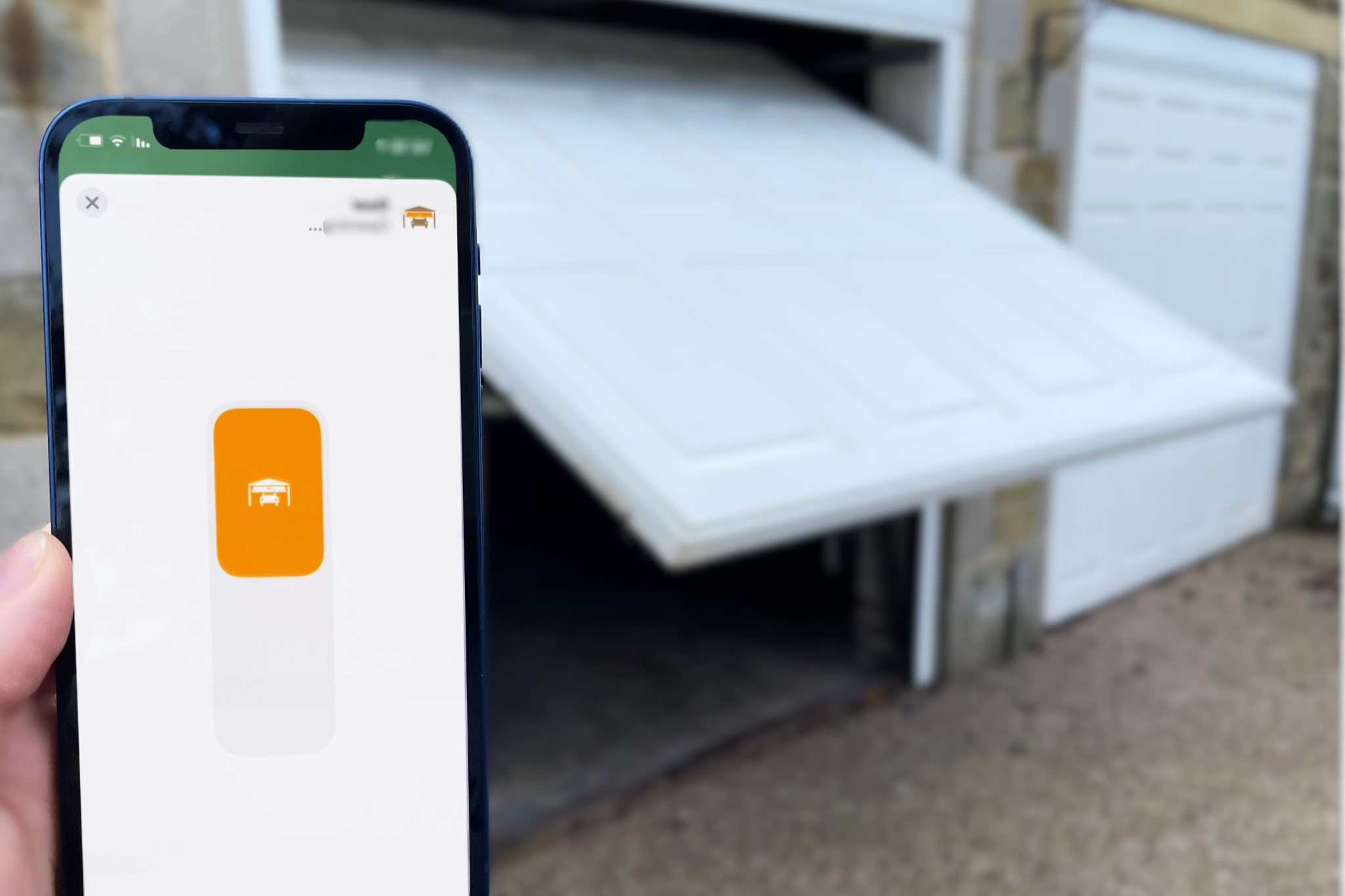

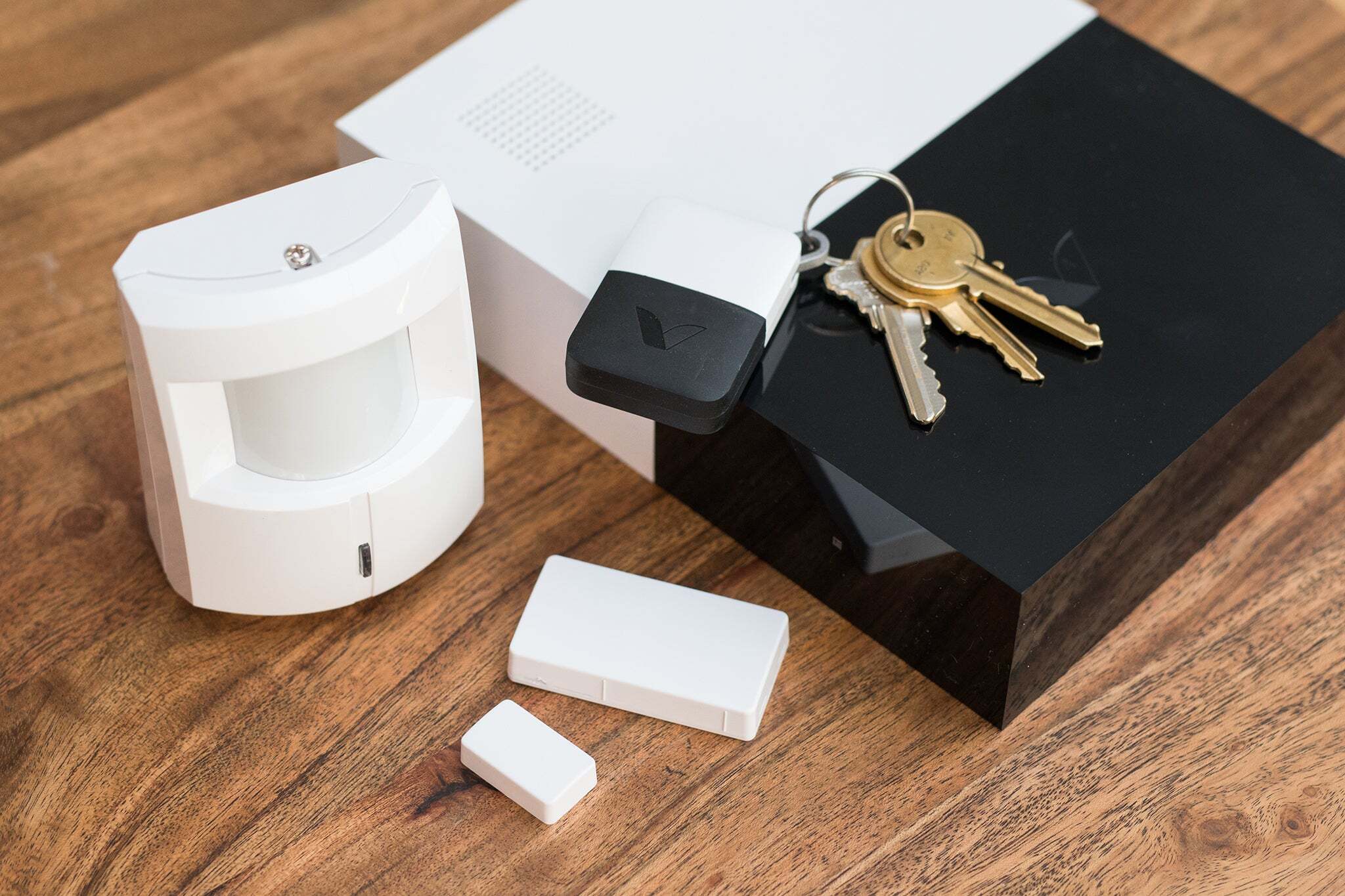
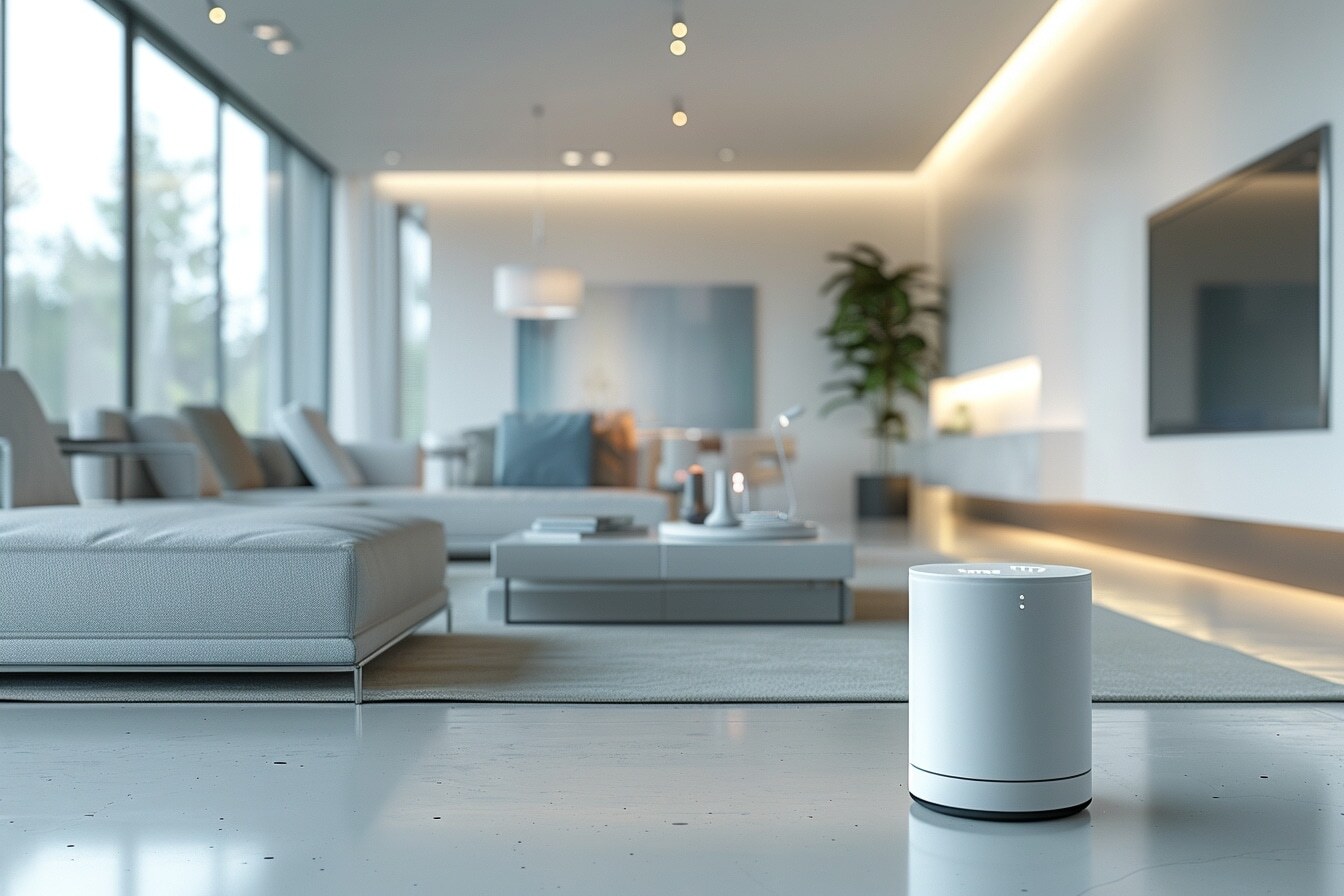
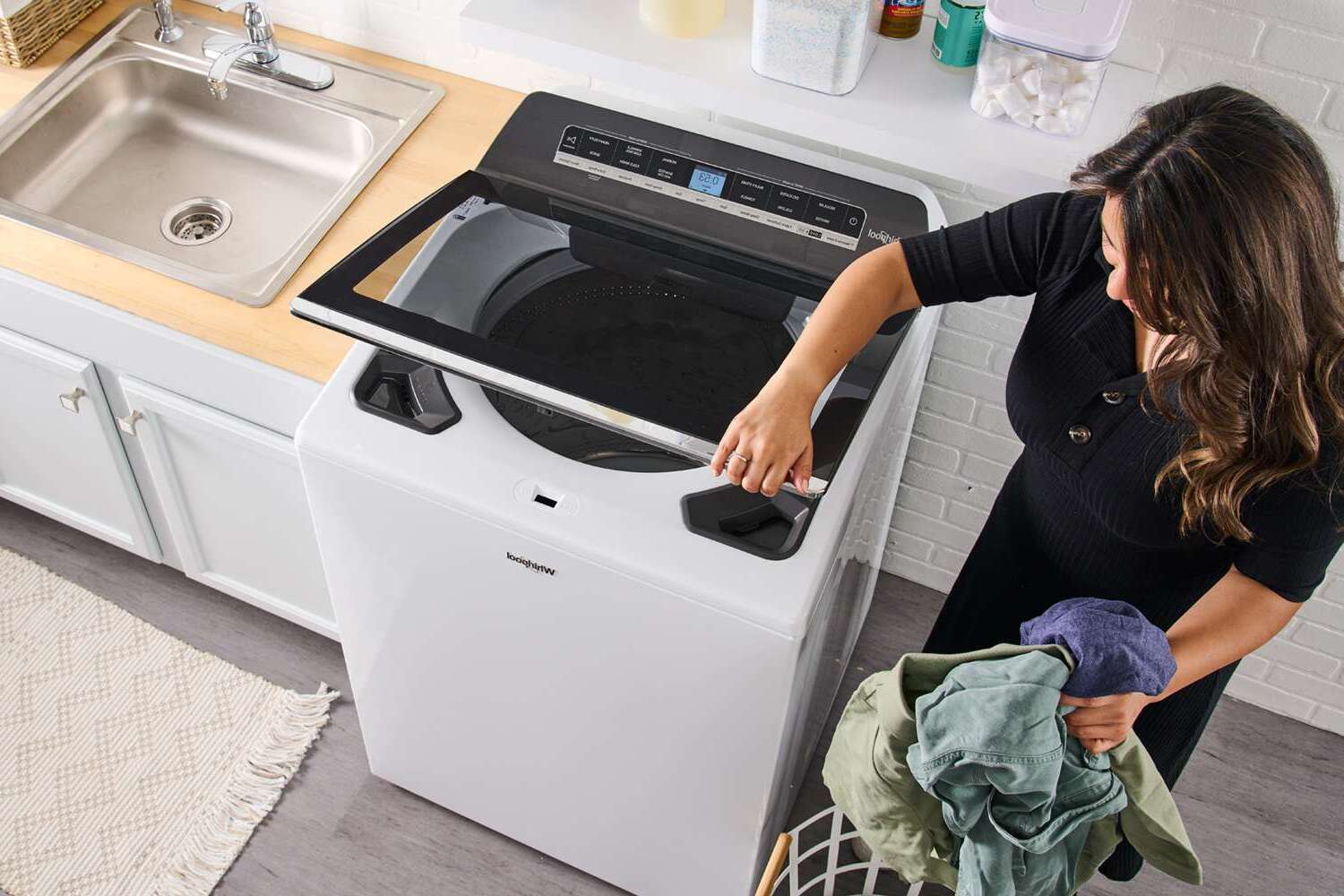
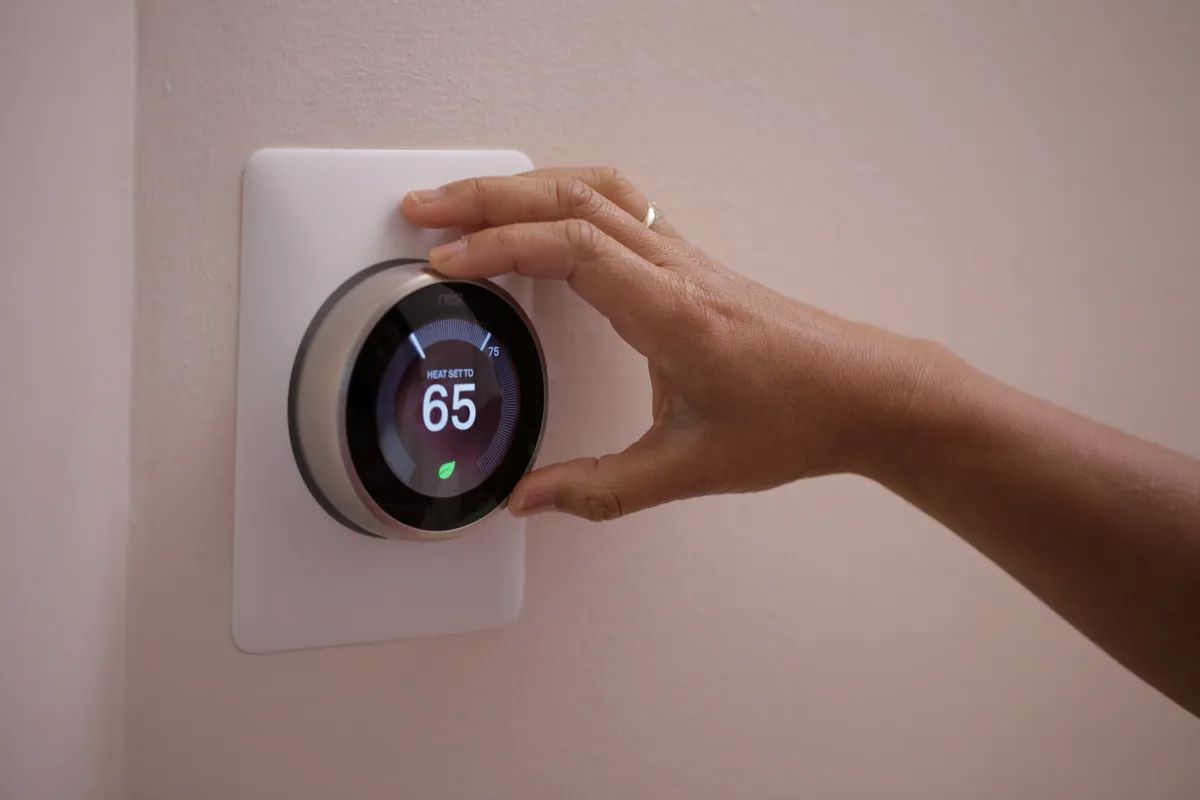

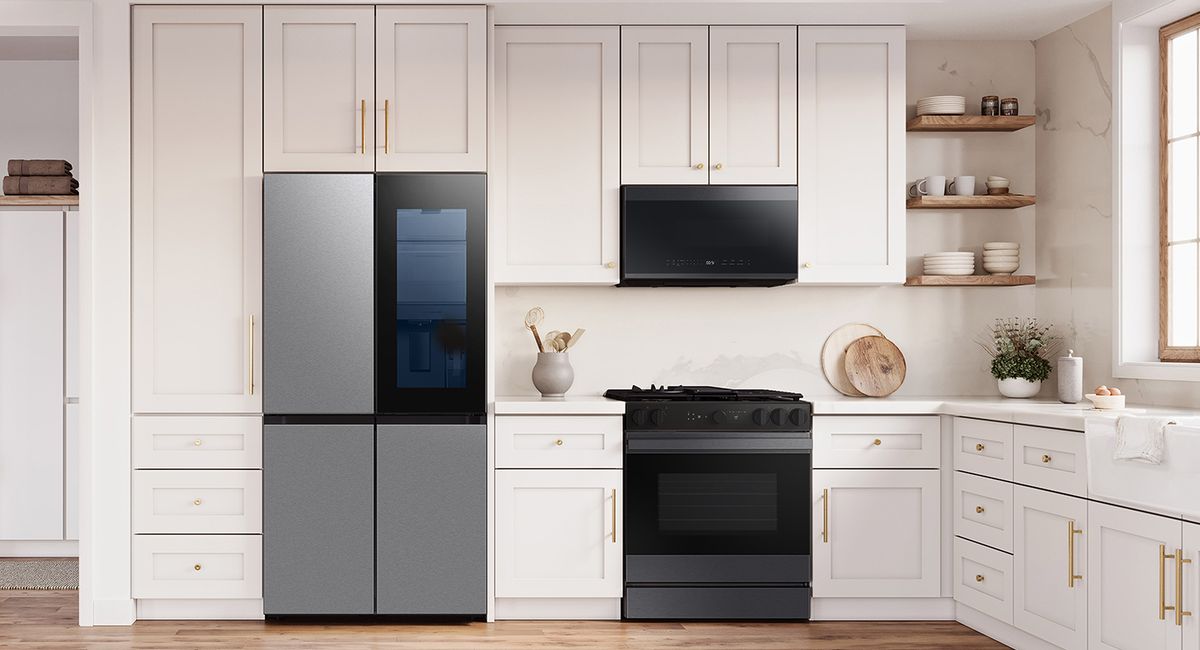
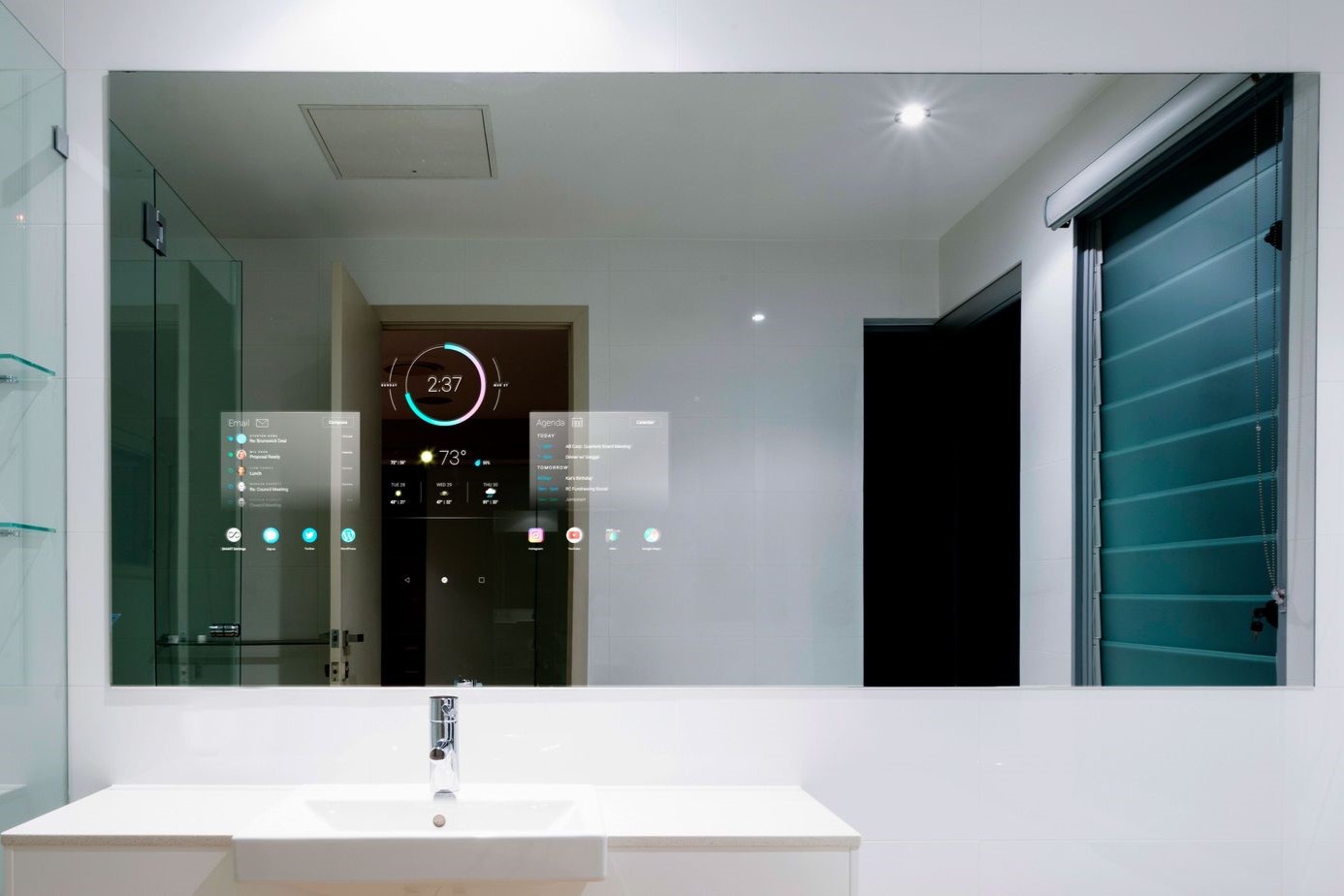
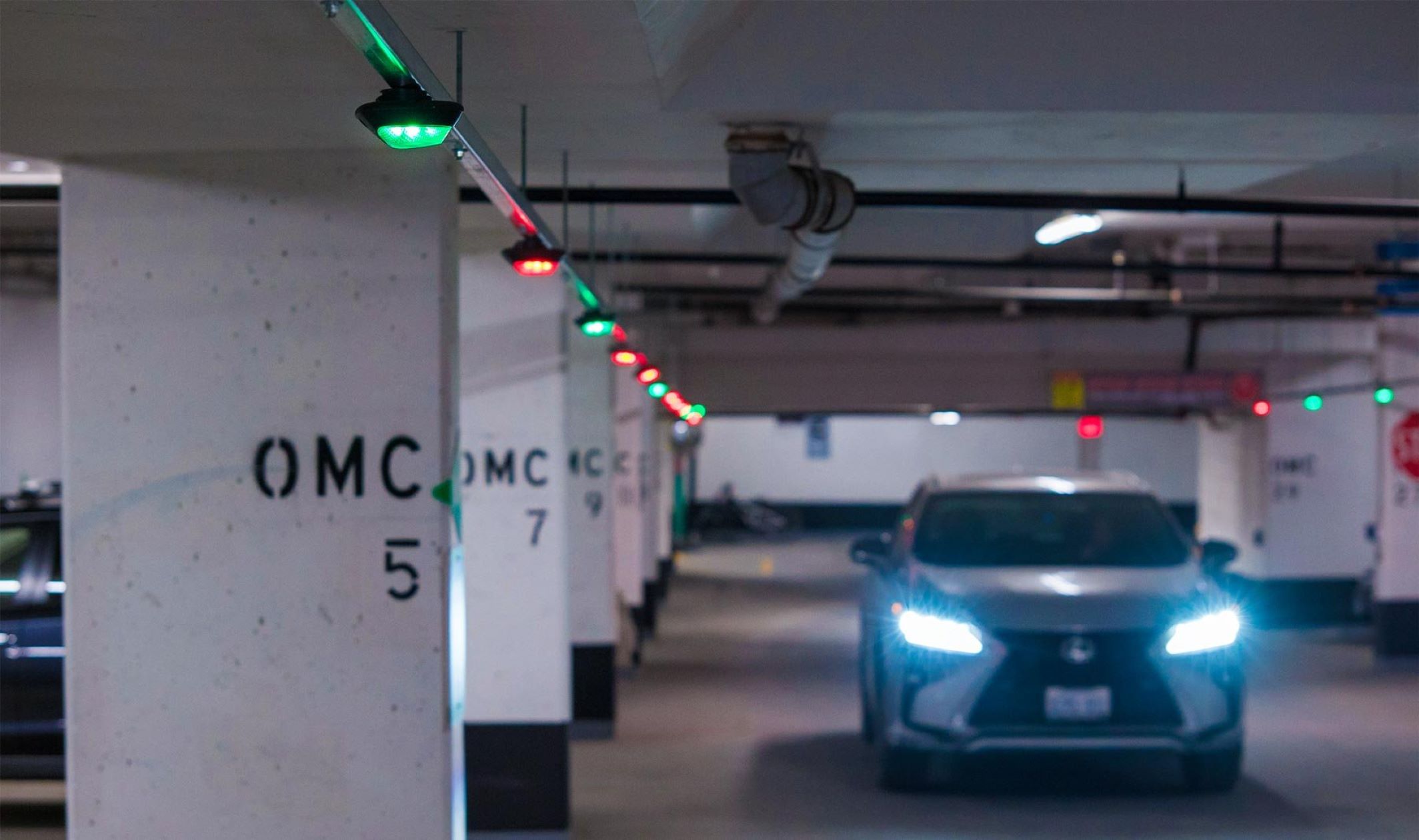
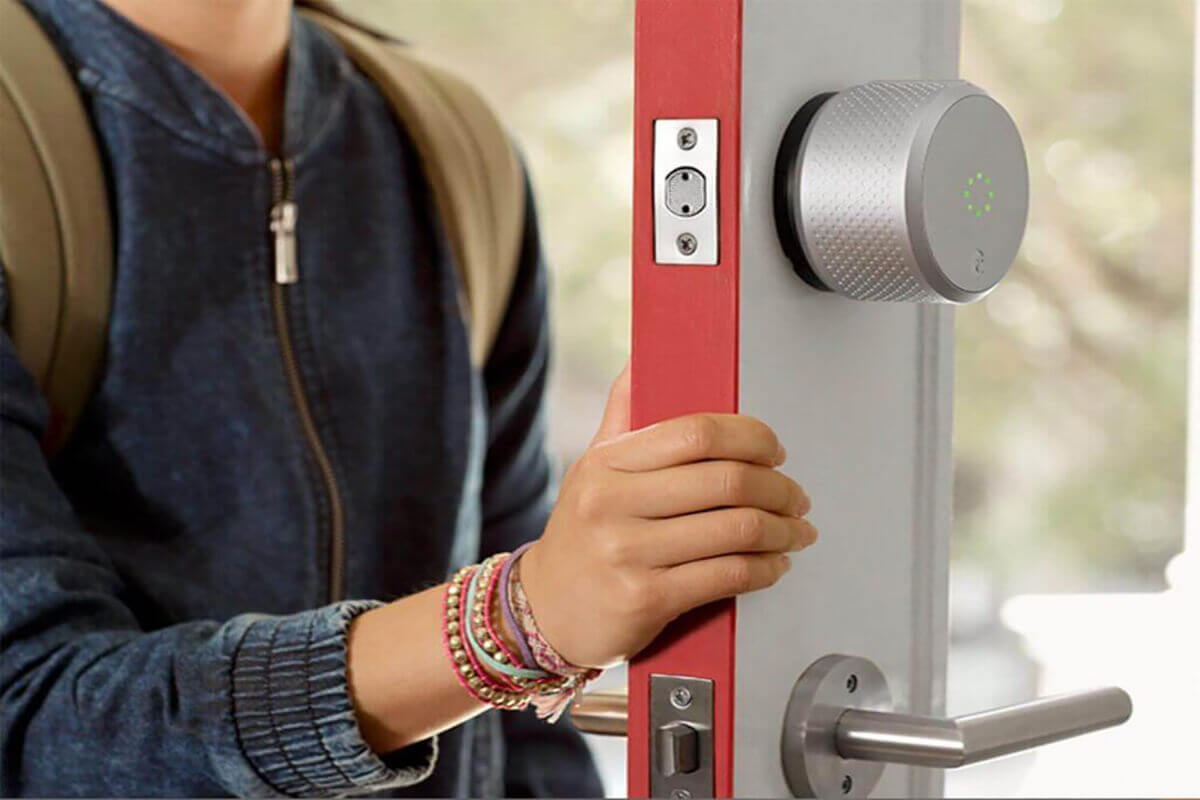
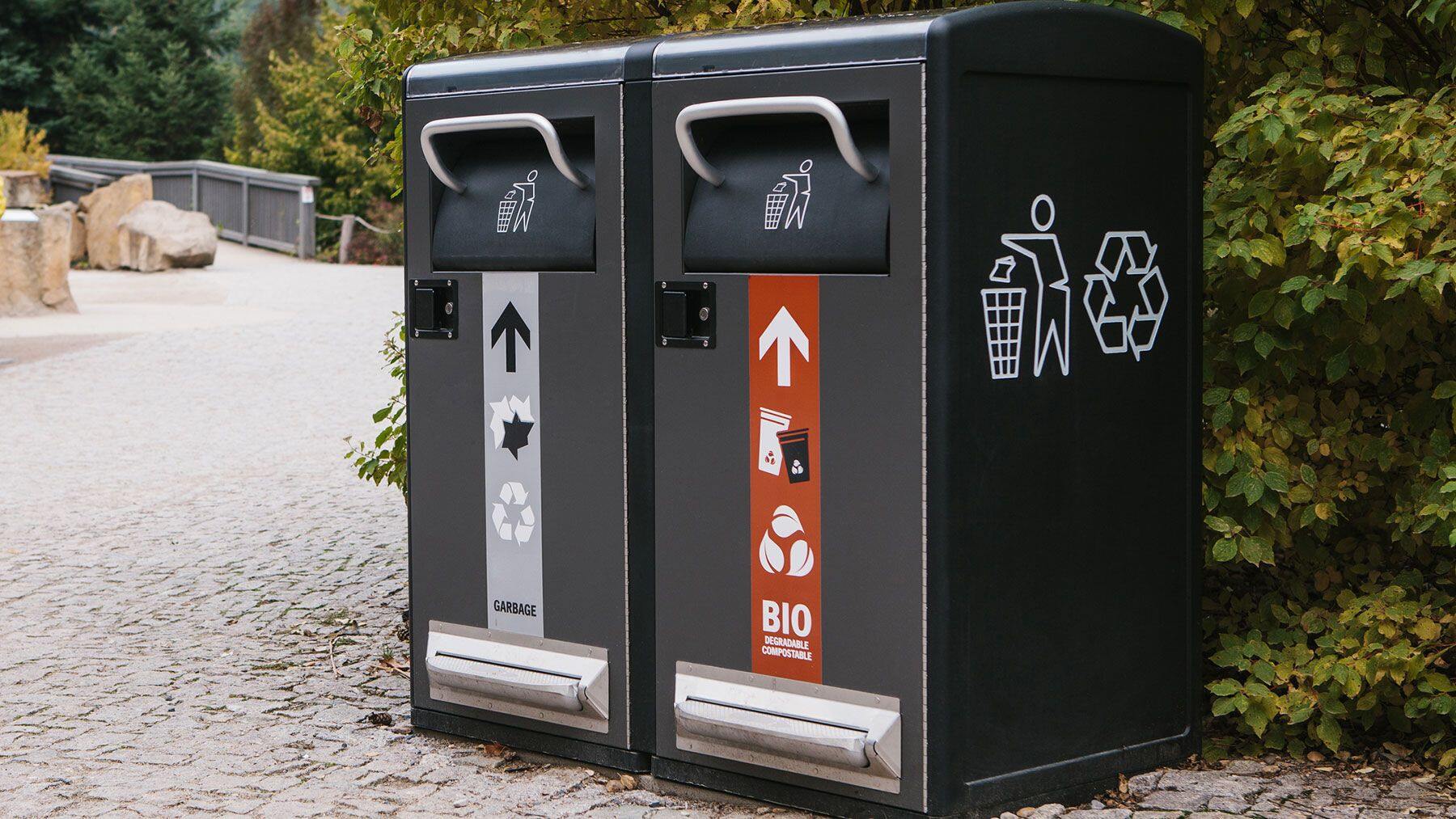
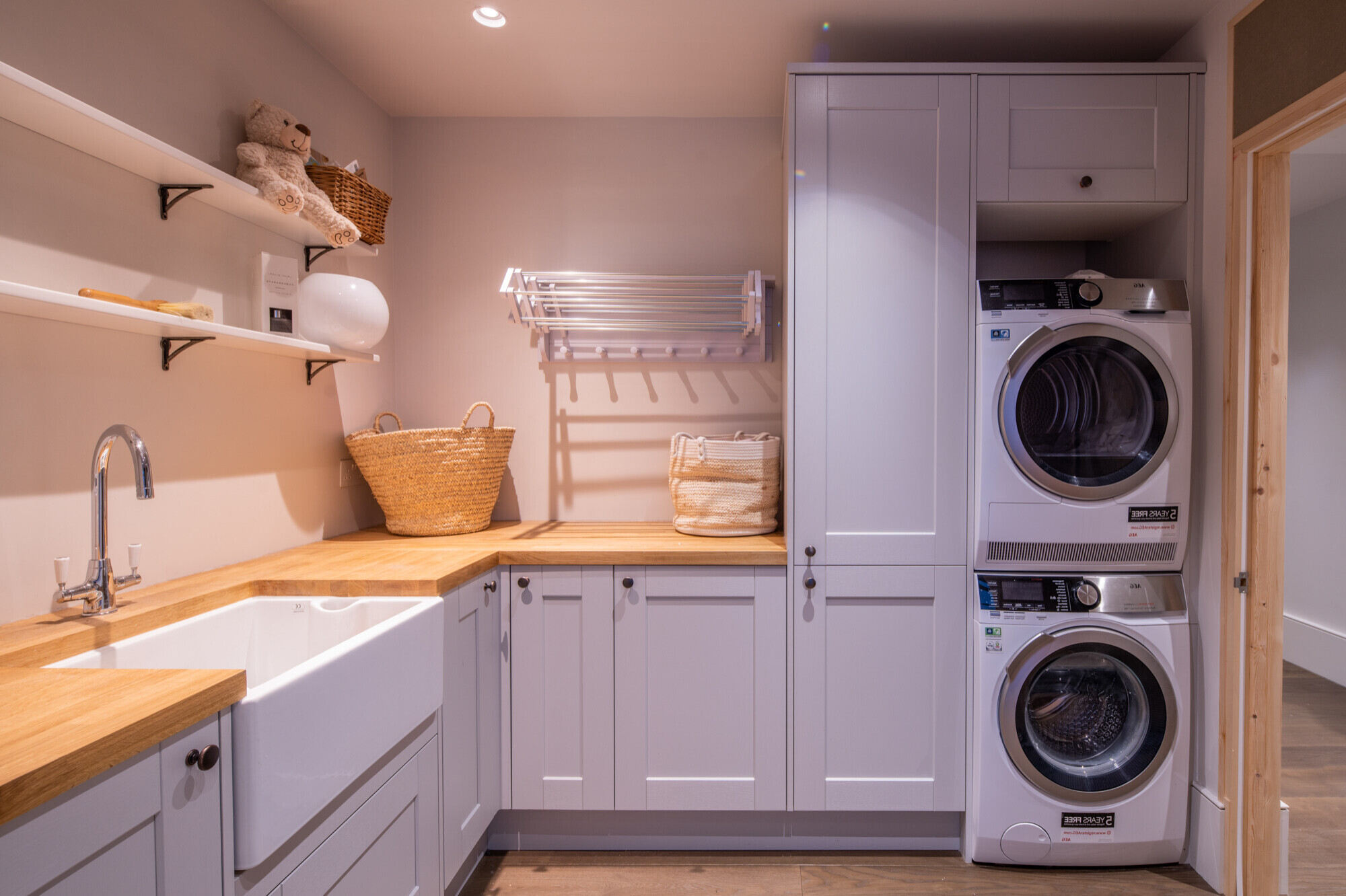
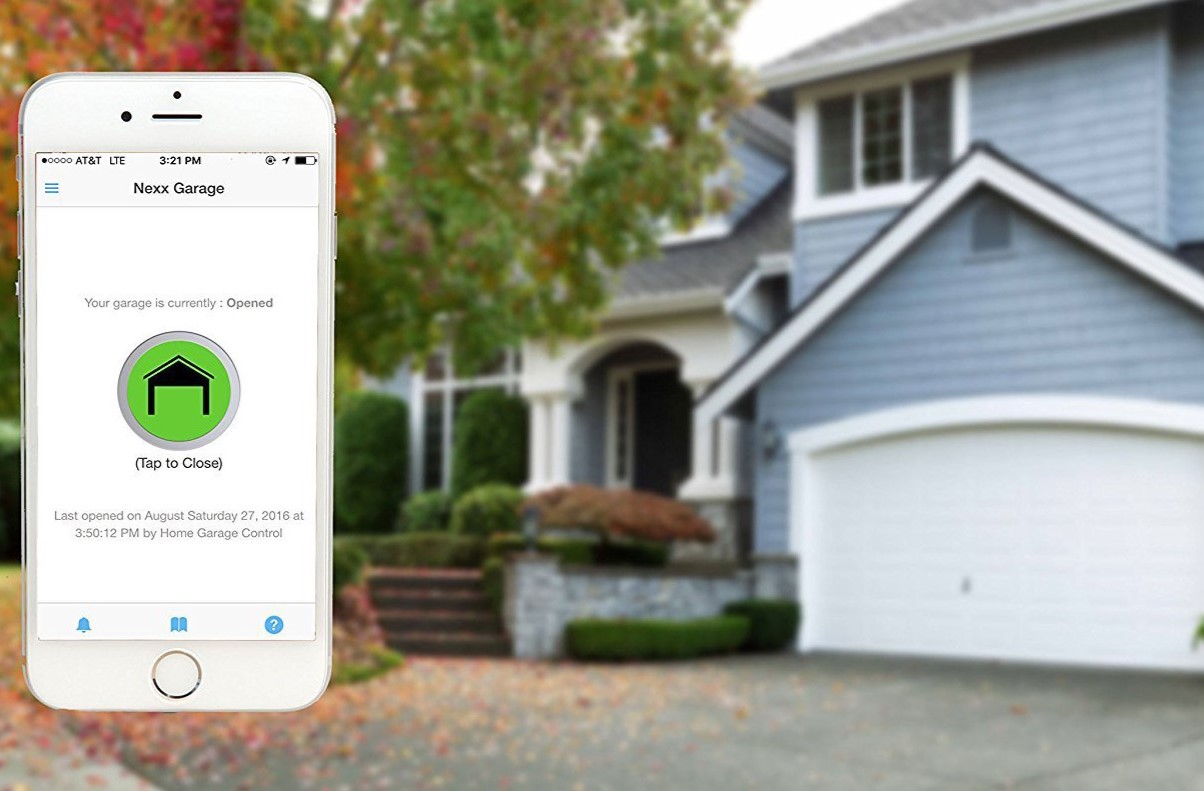

0 thoughts on “Smart Home Assistant Integration for Voice-Controlled Home Tech”